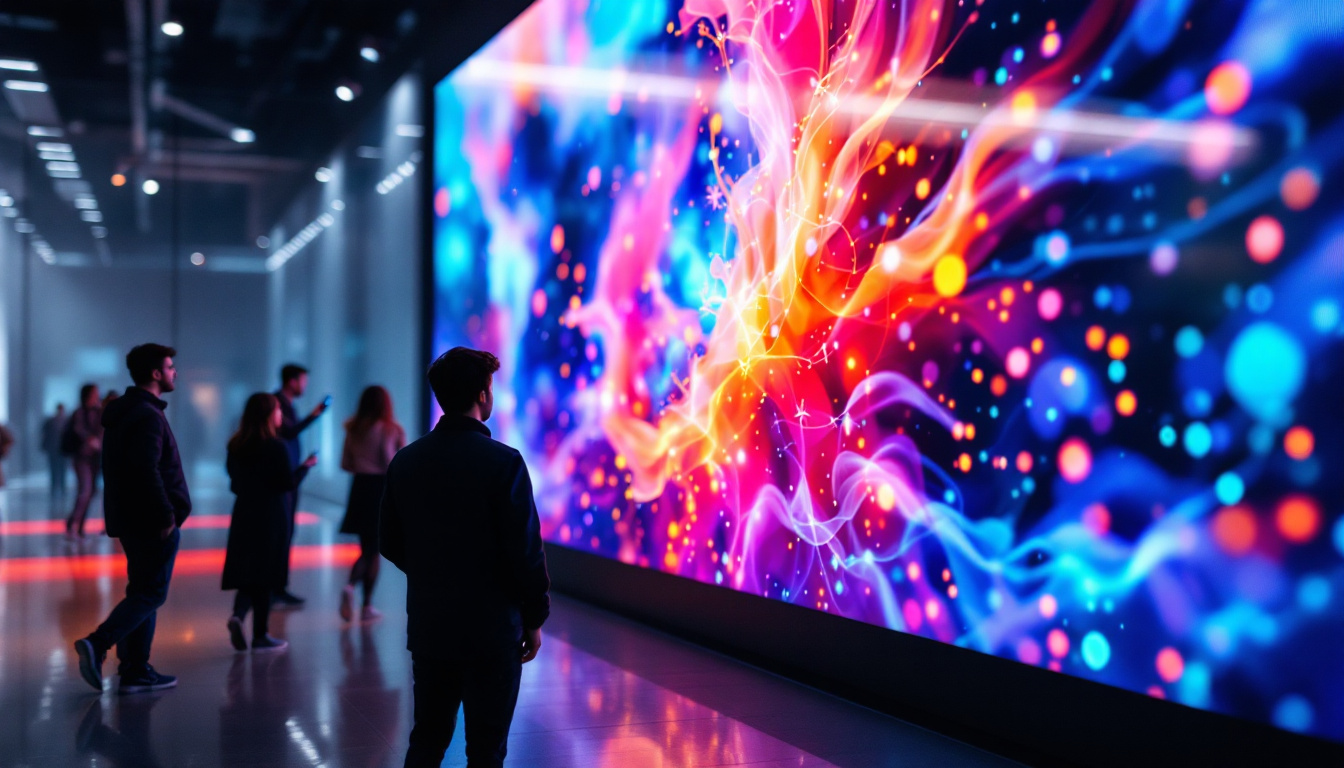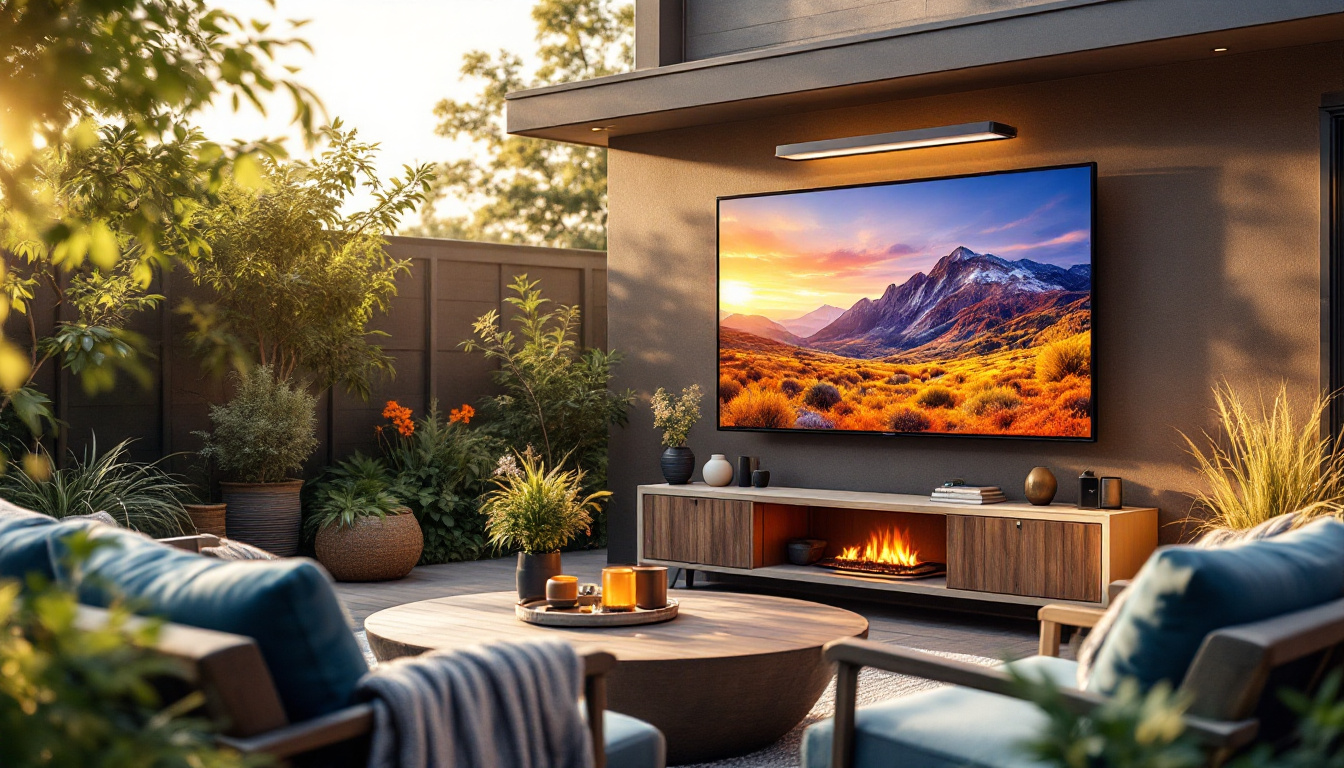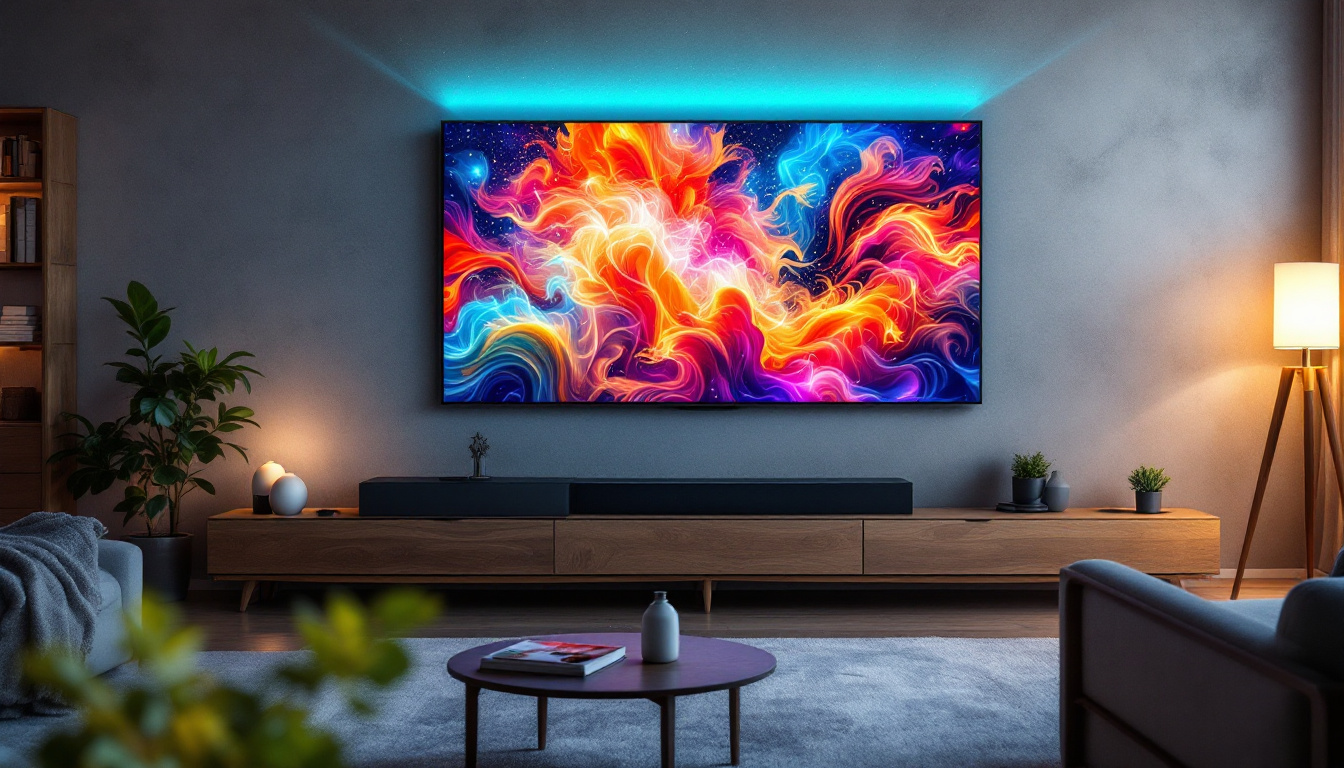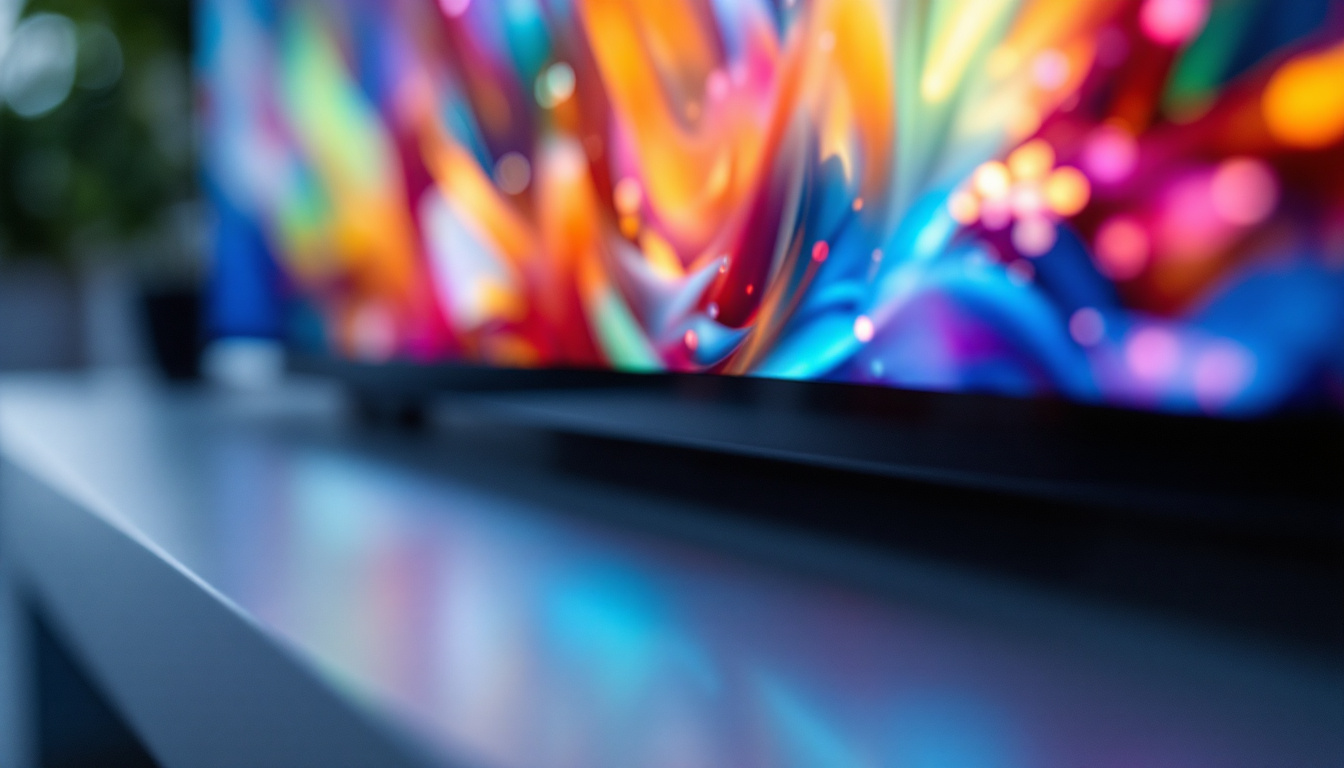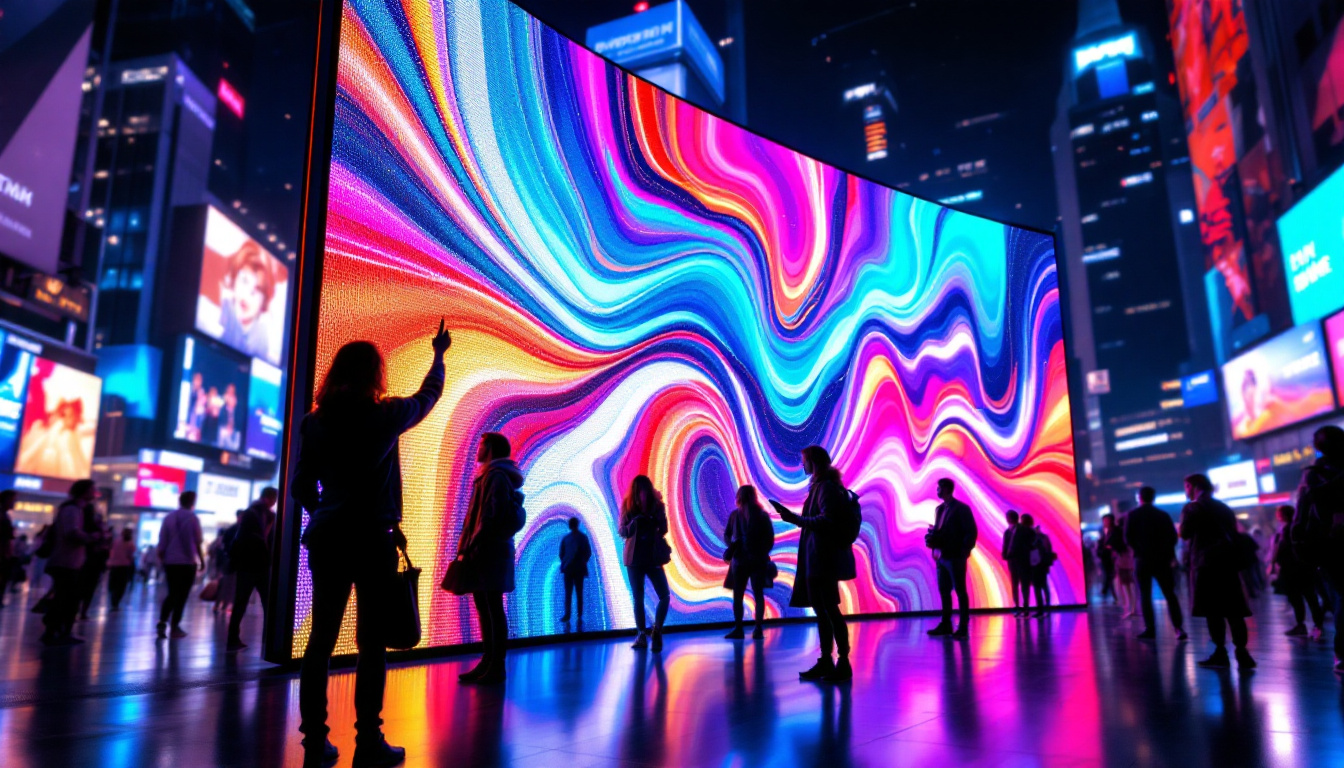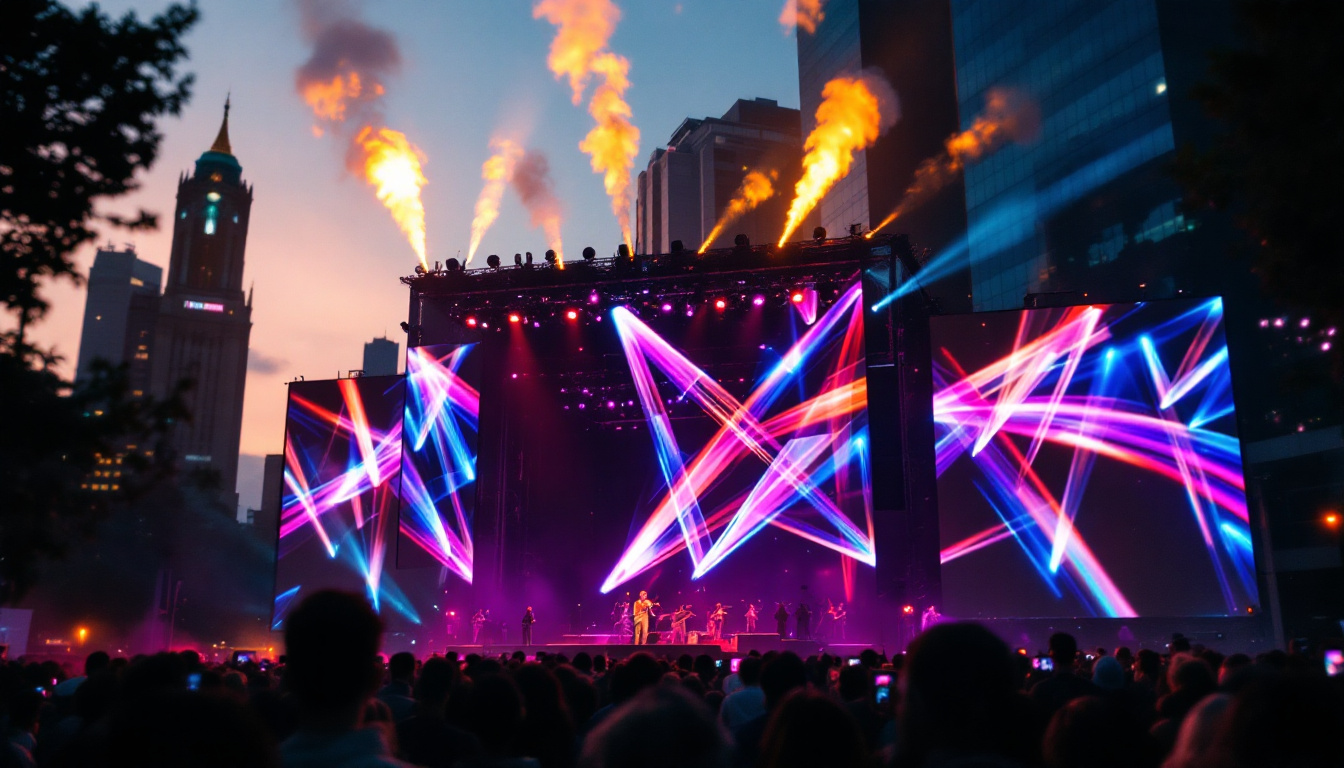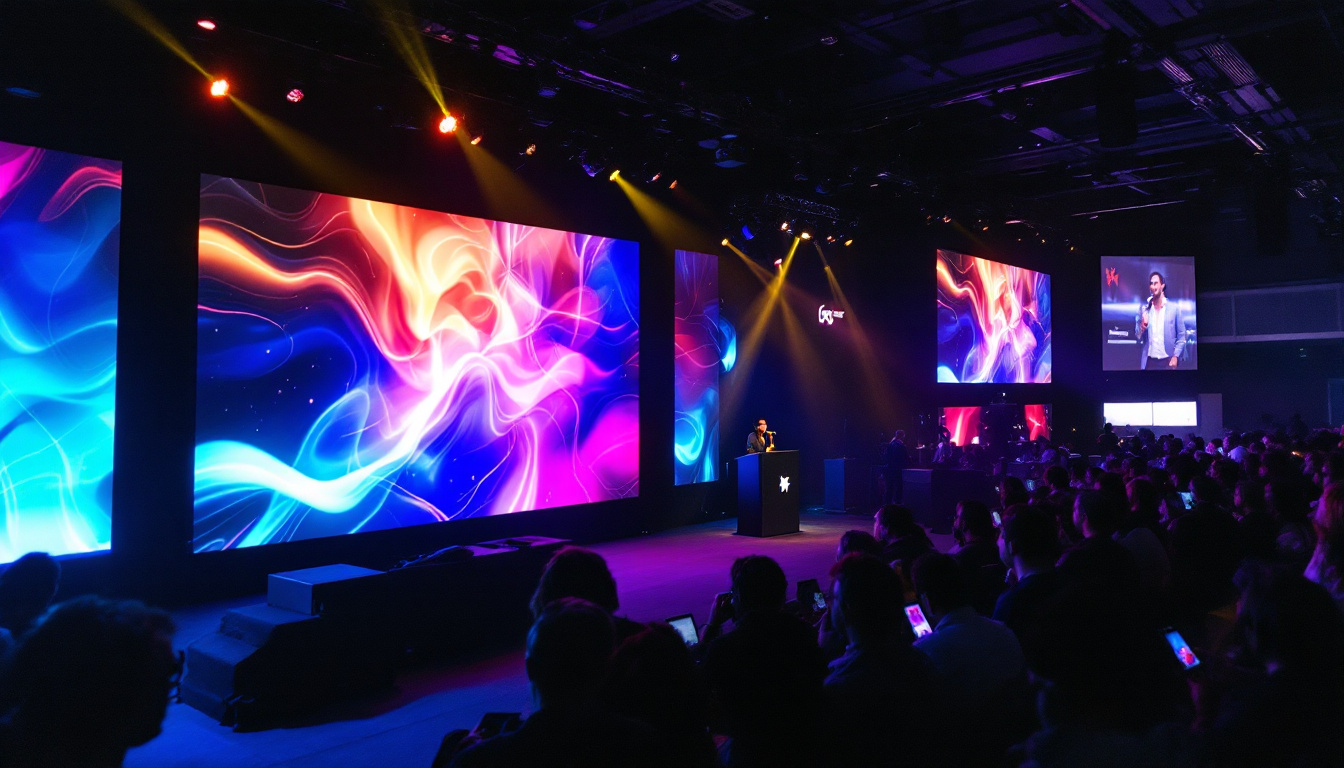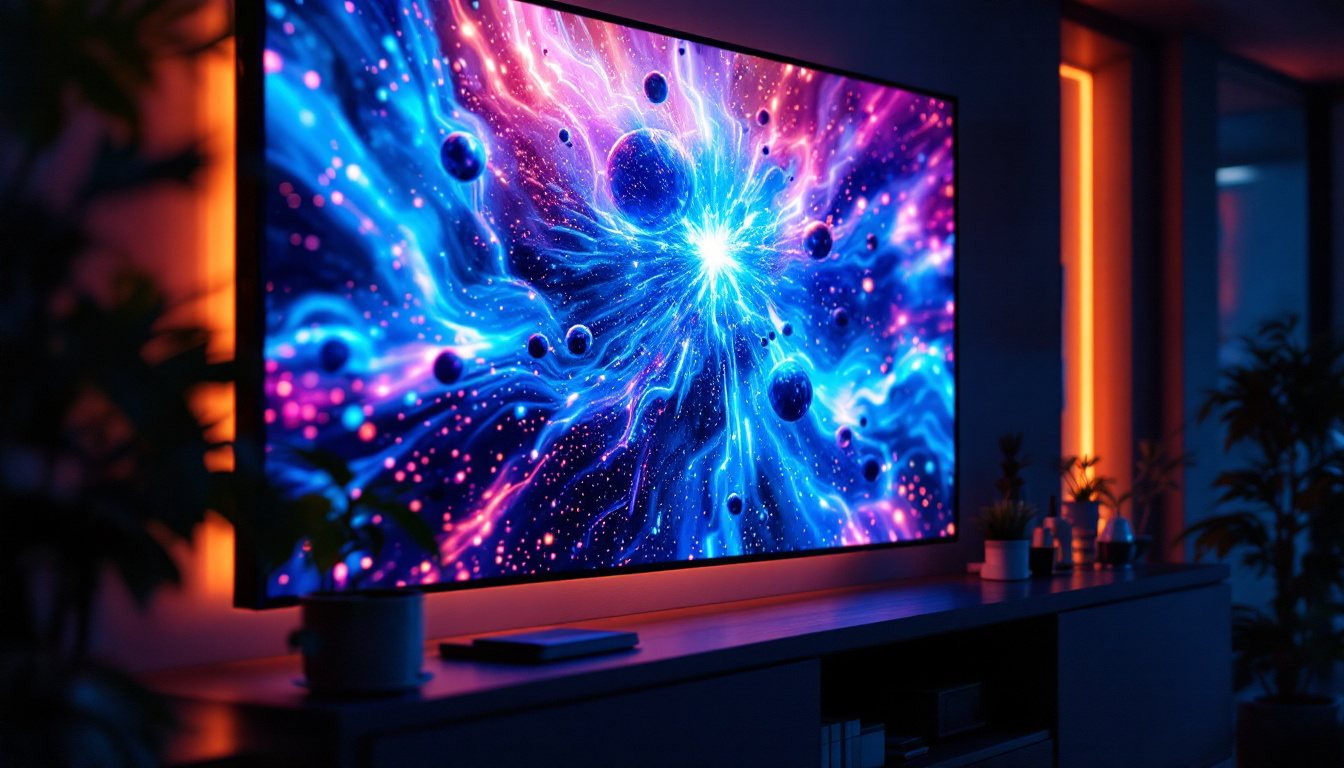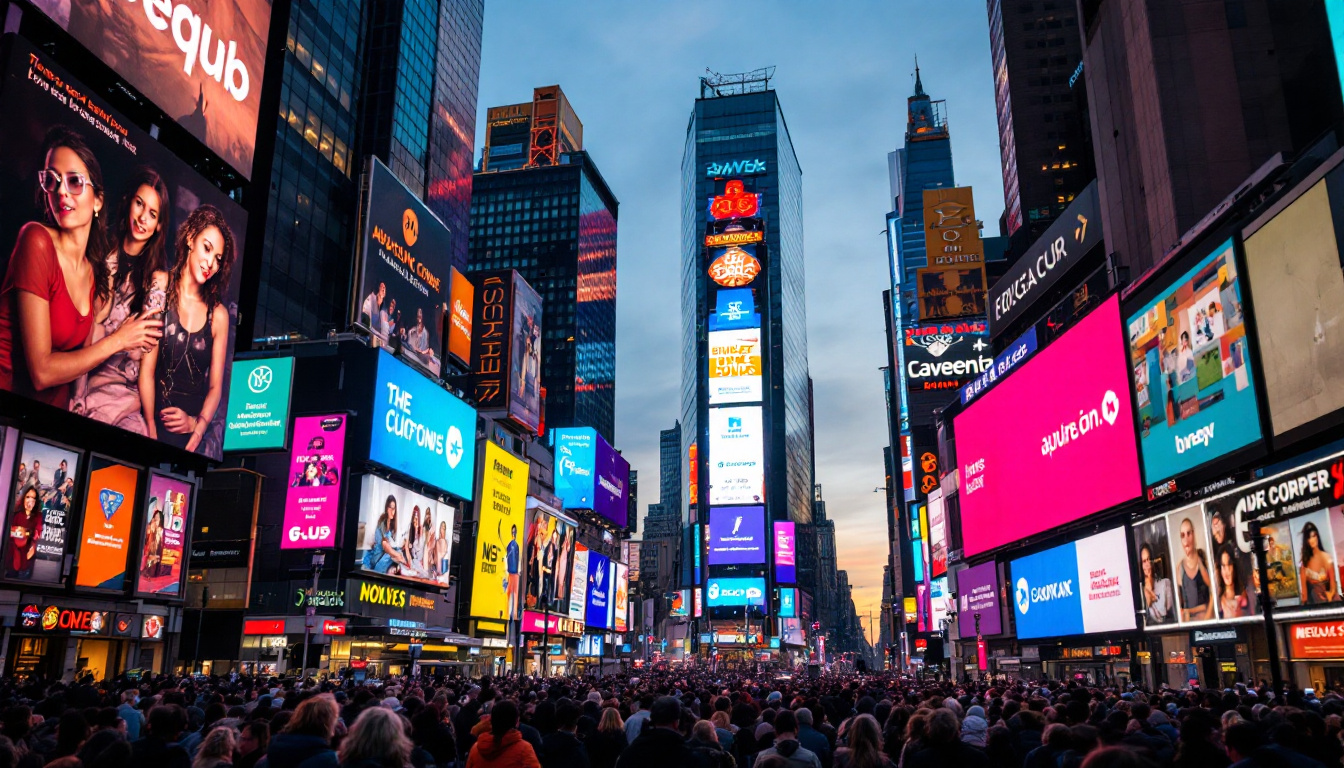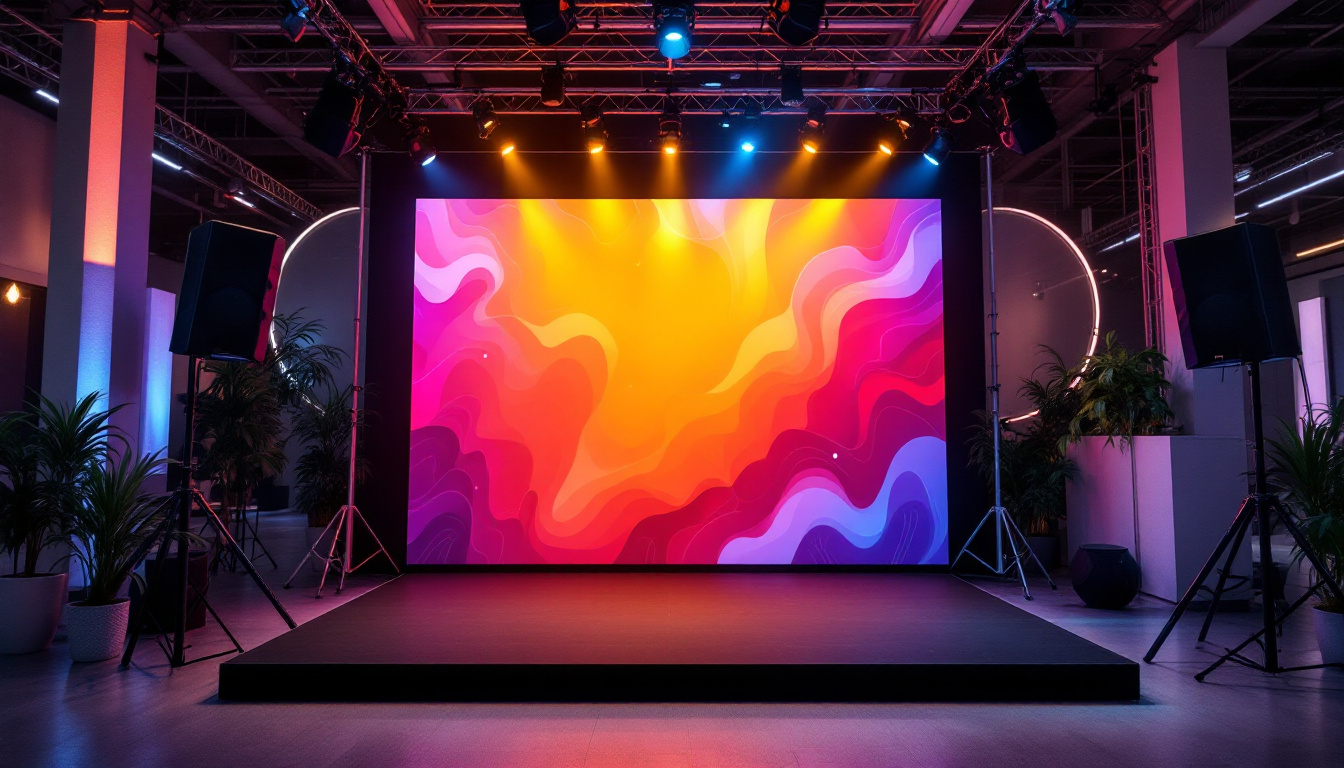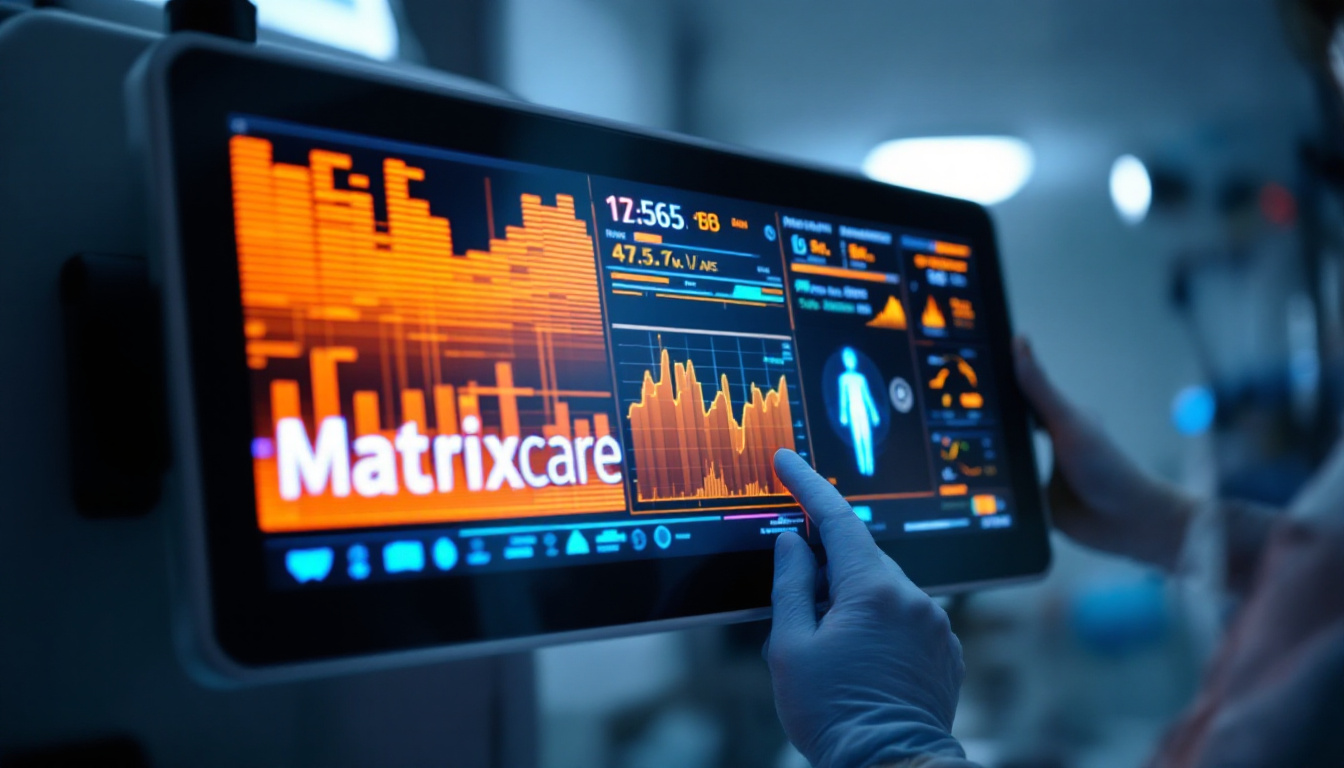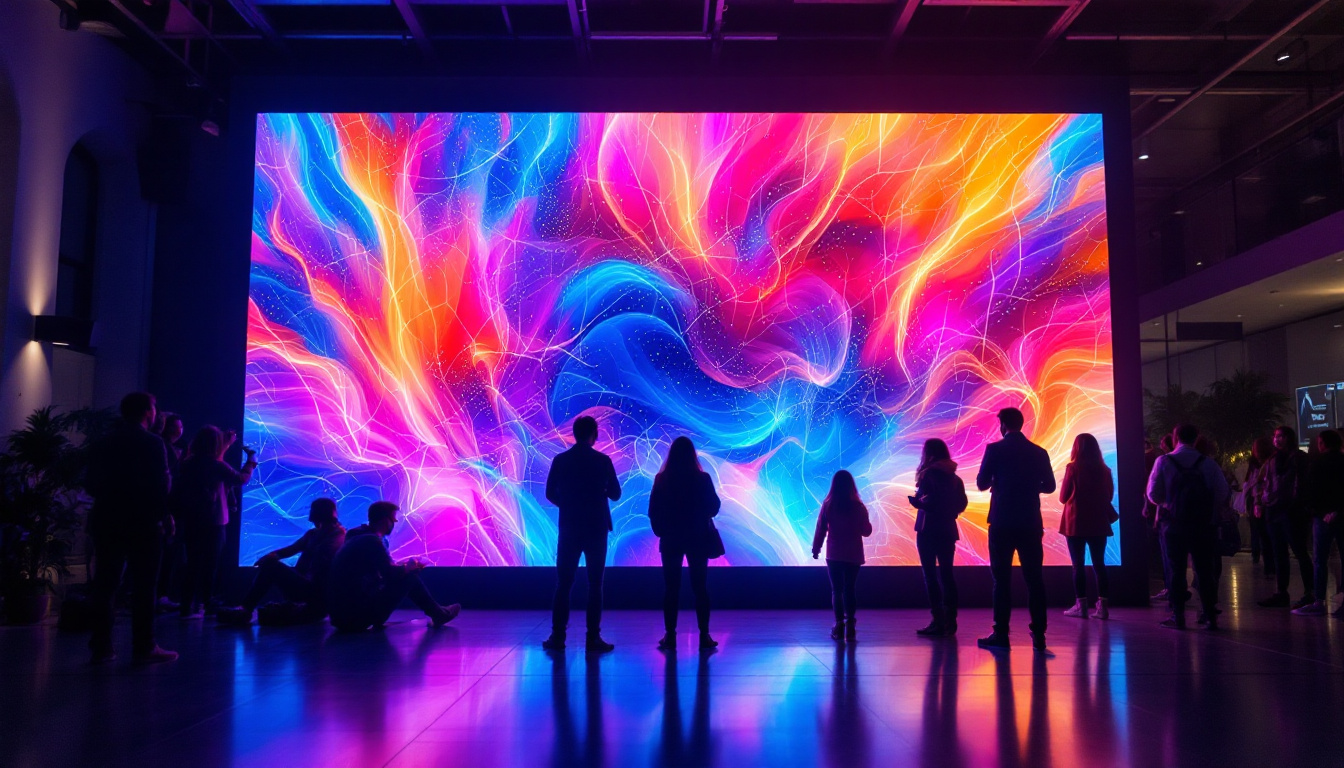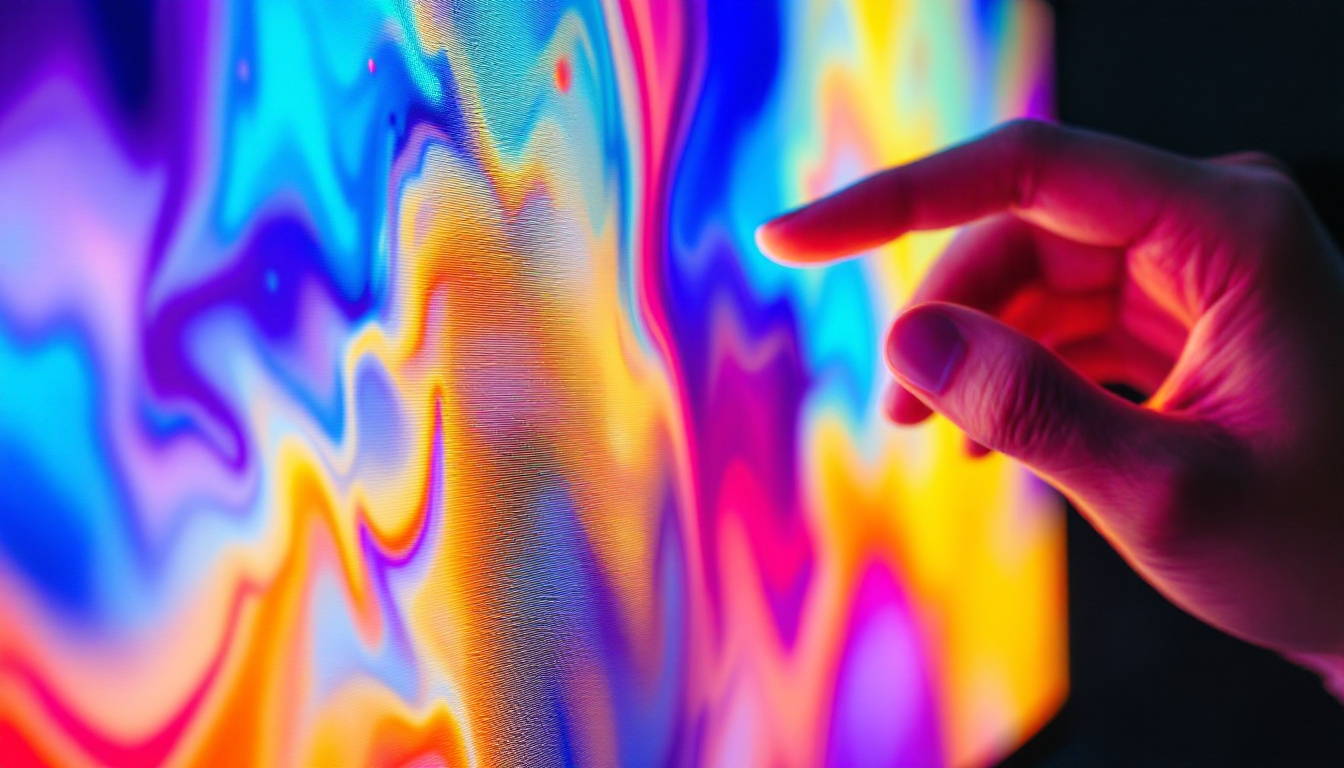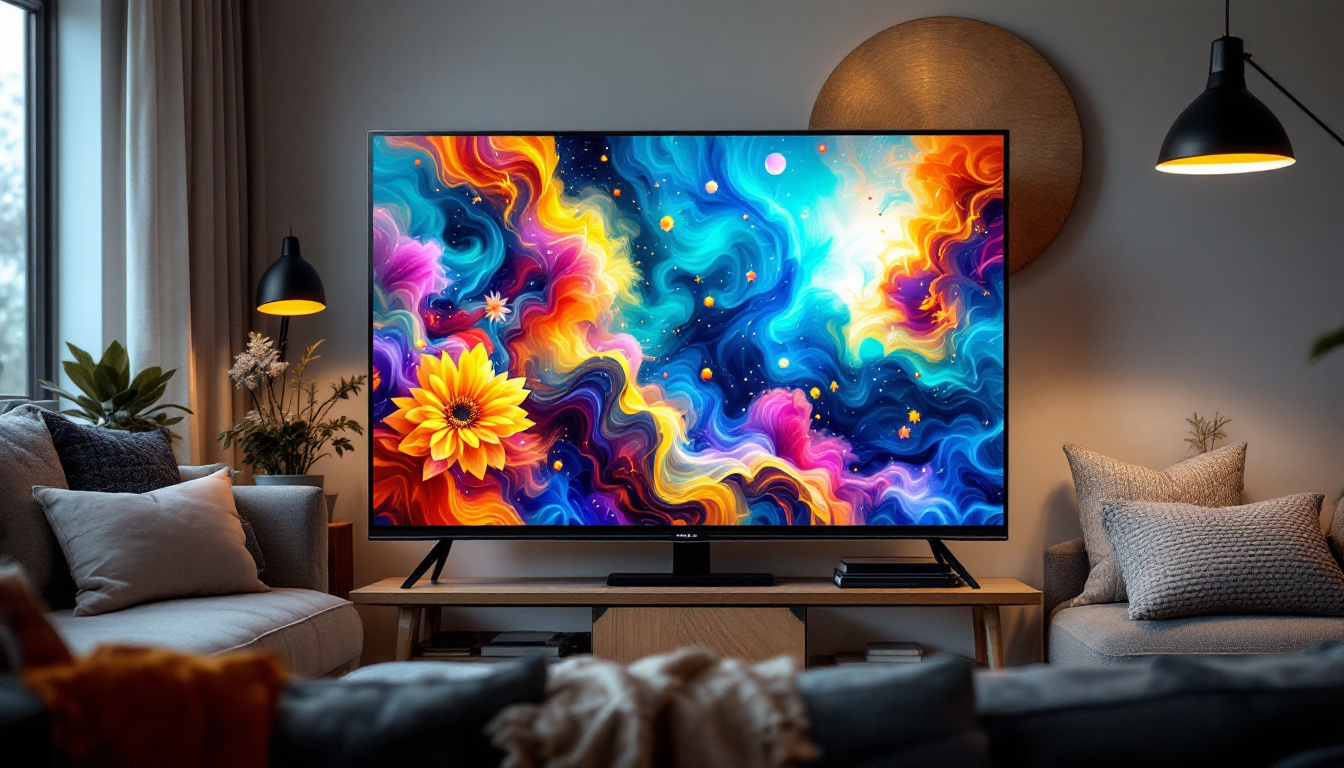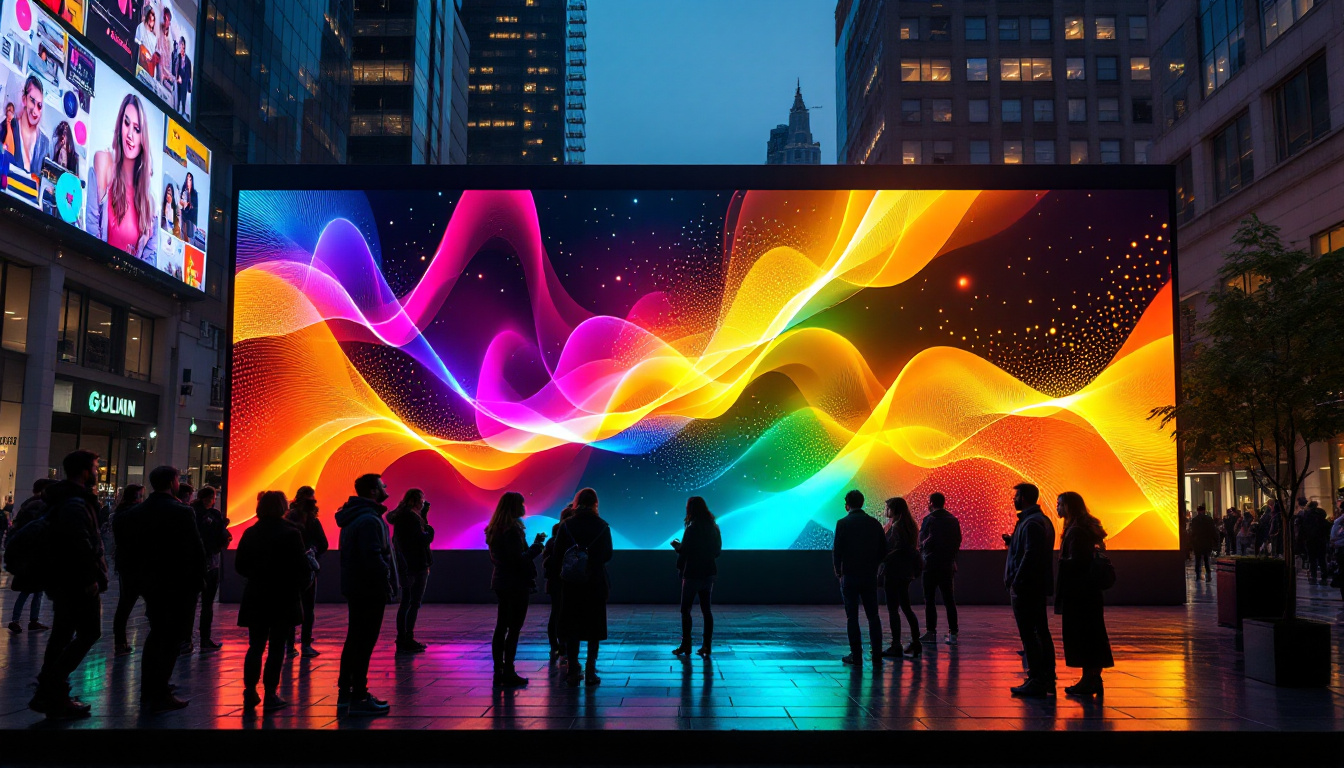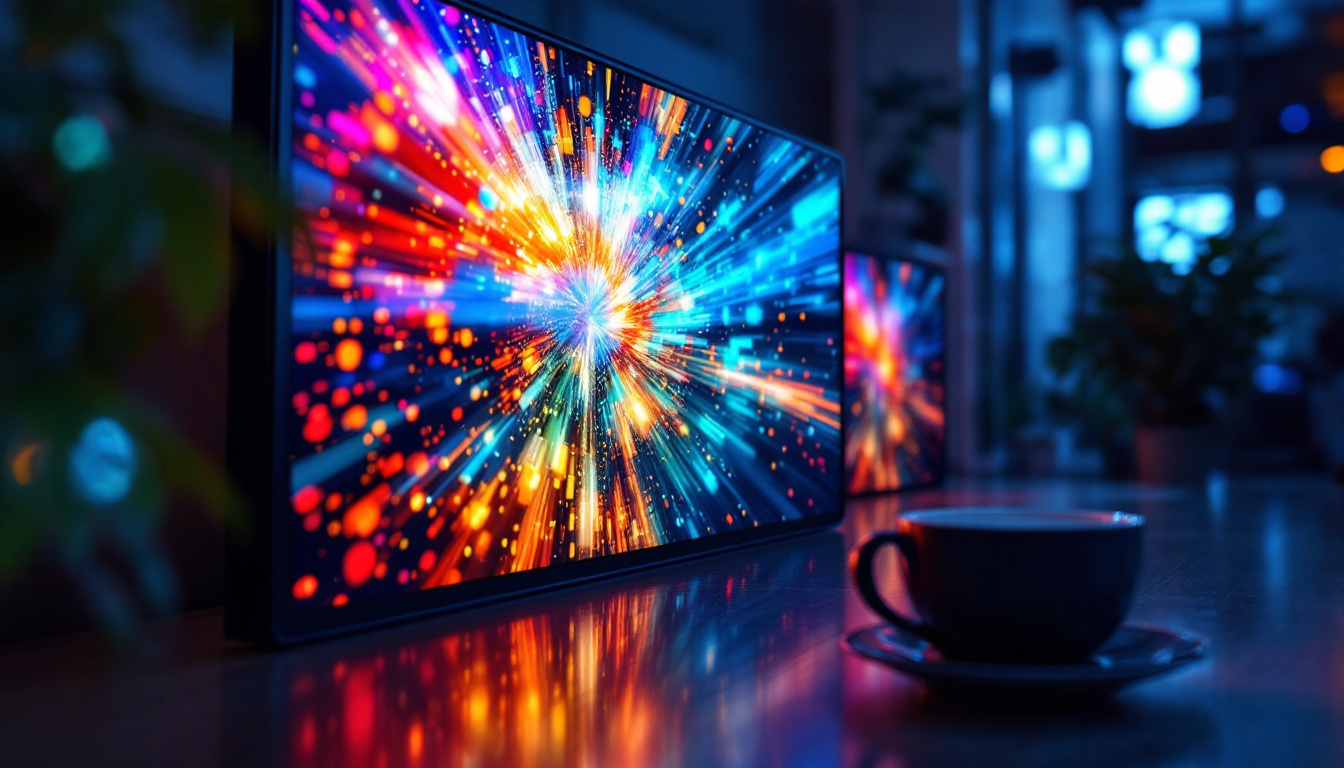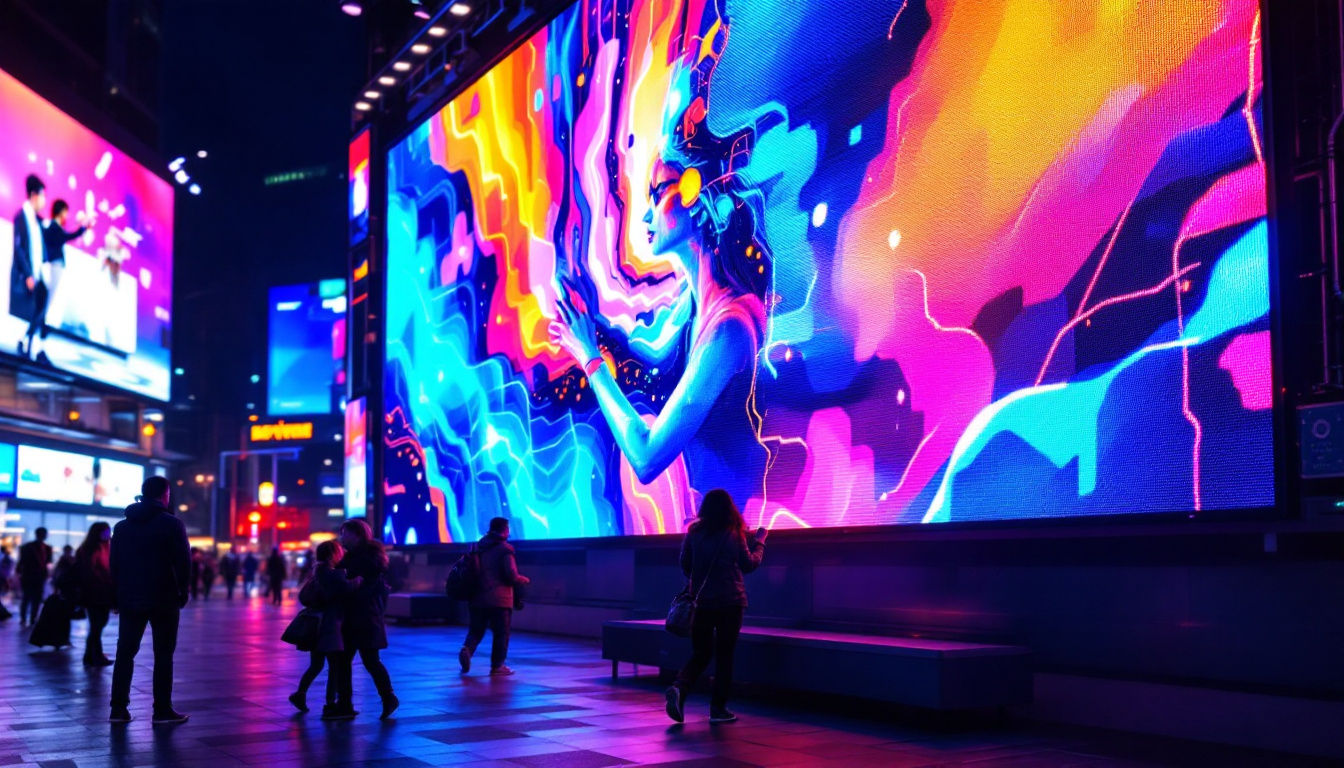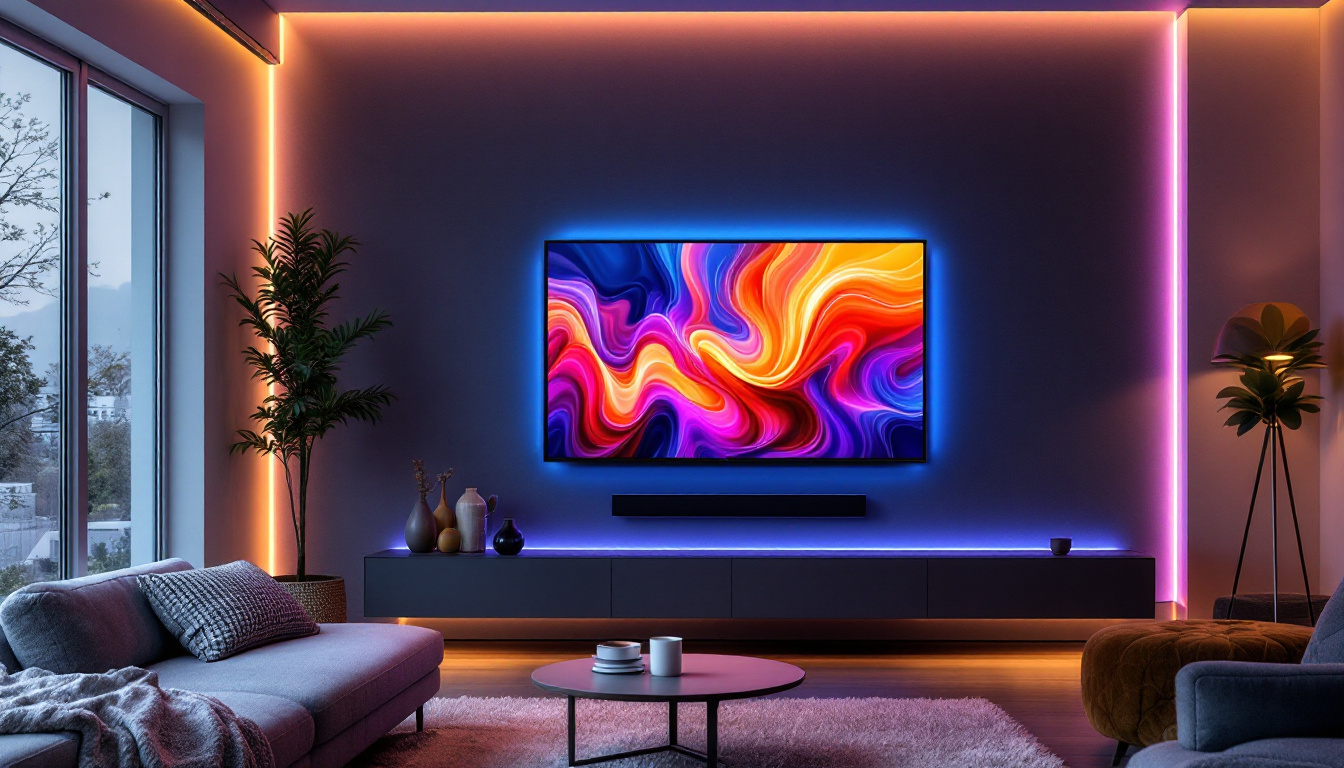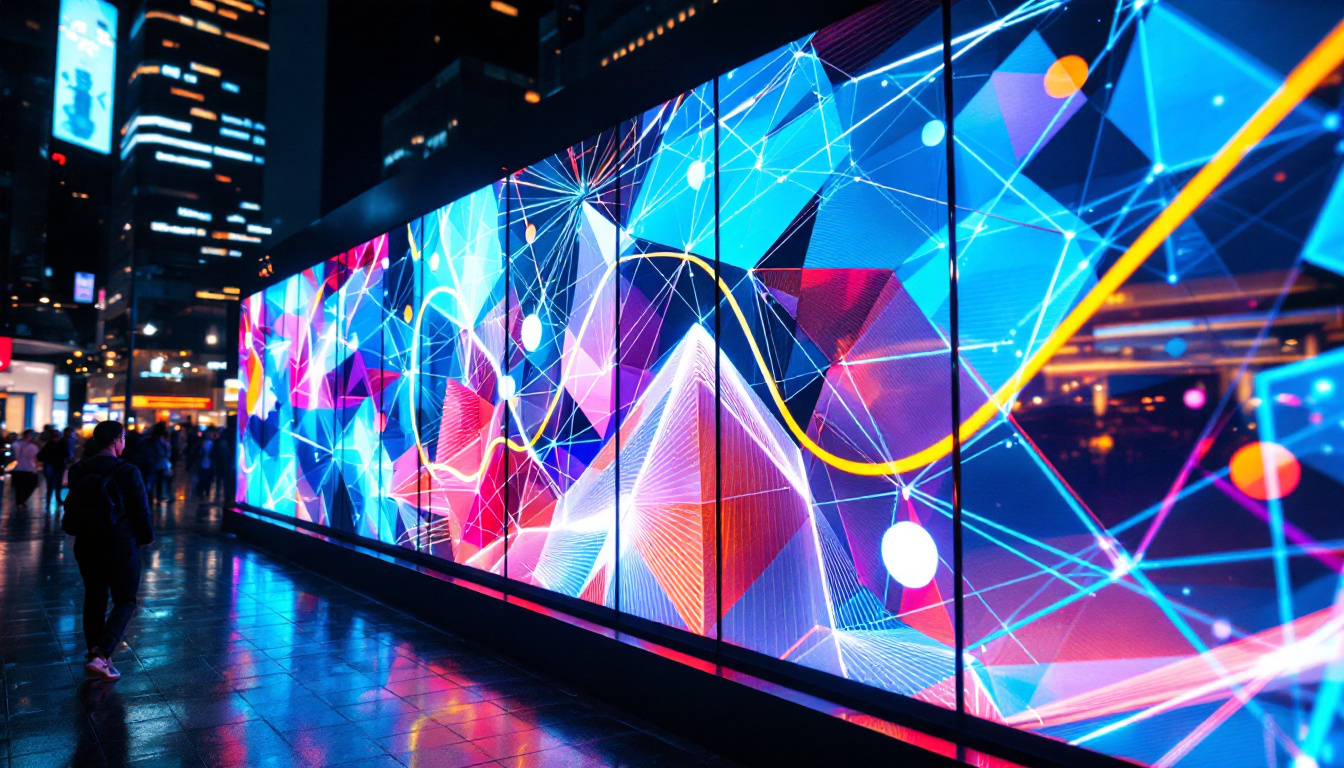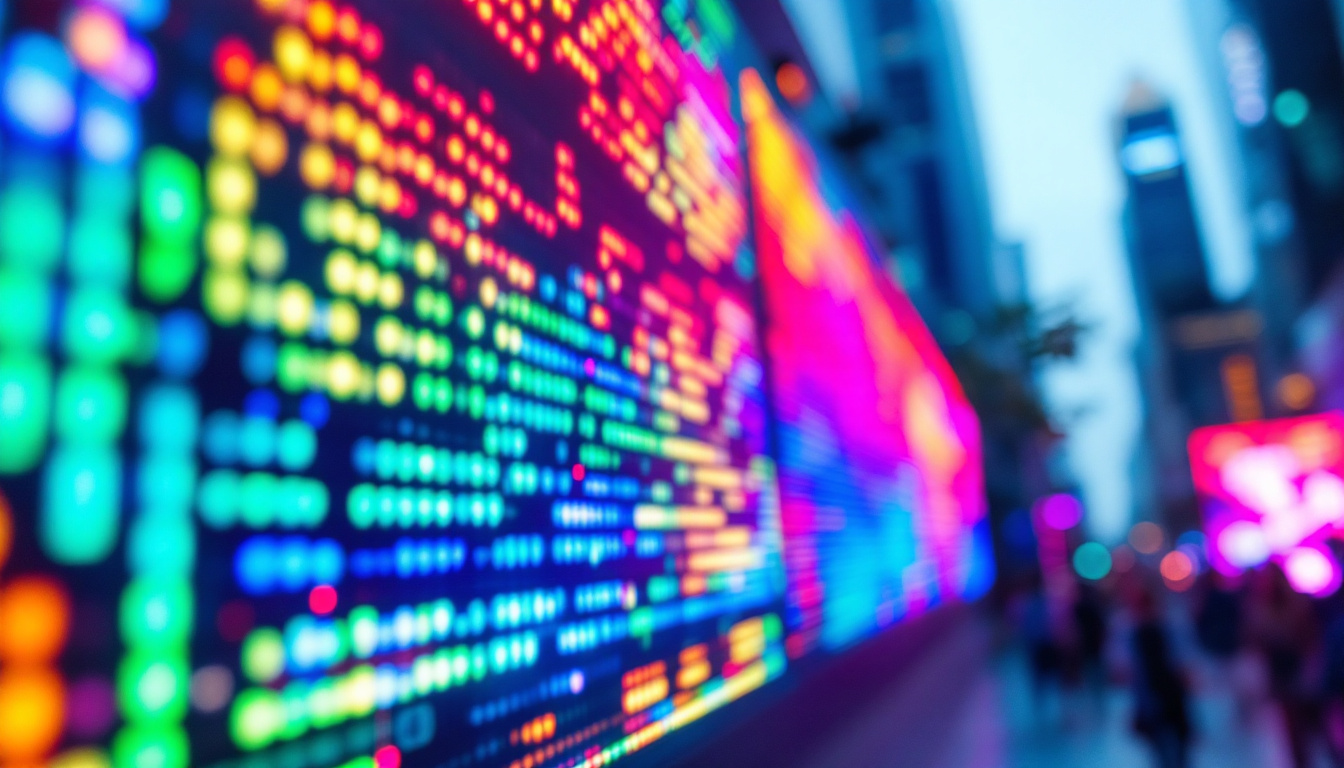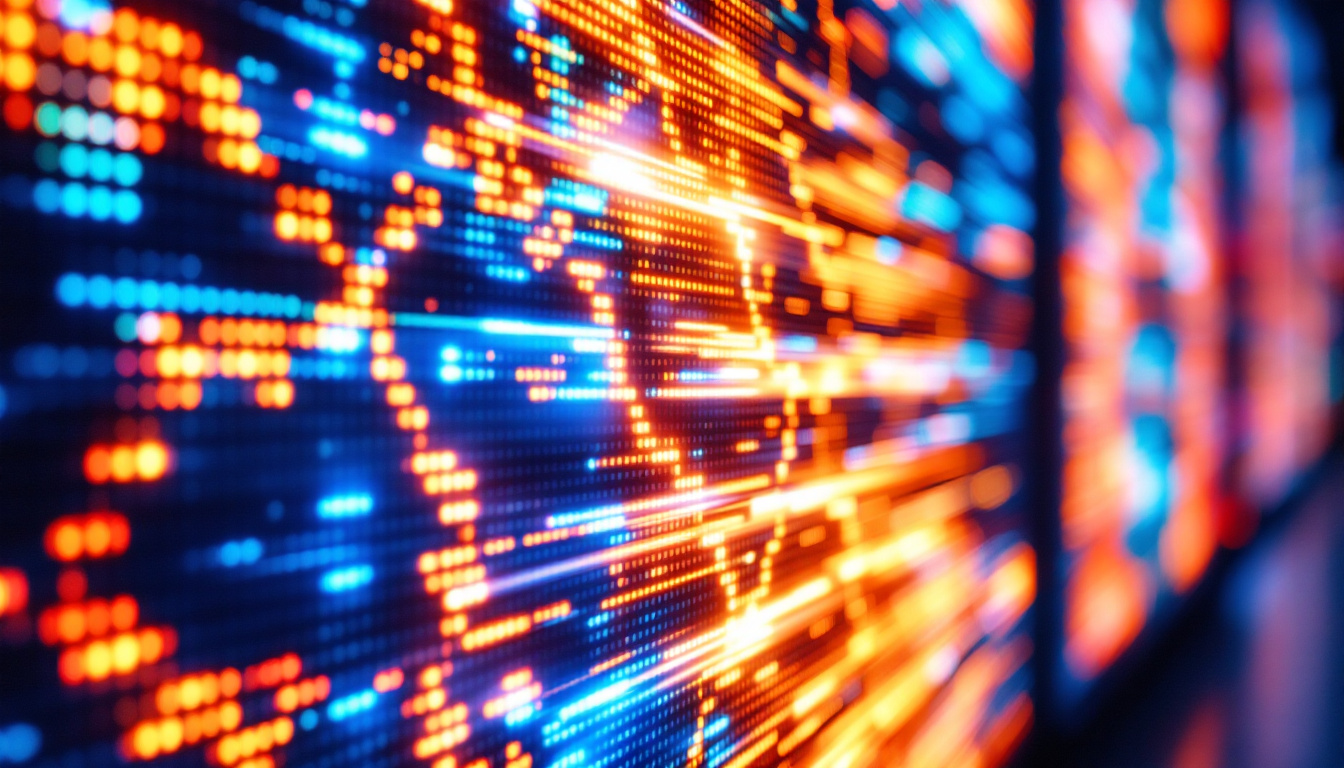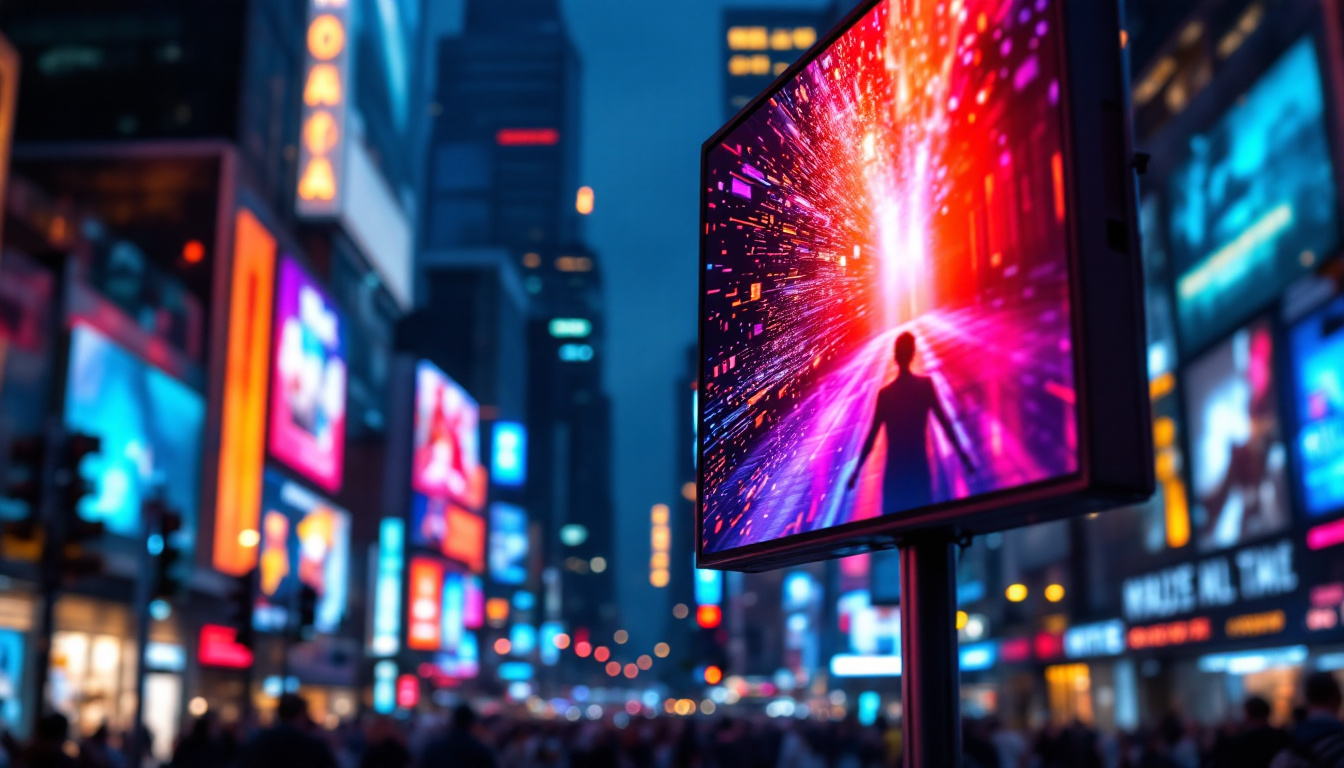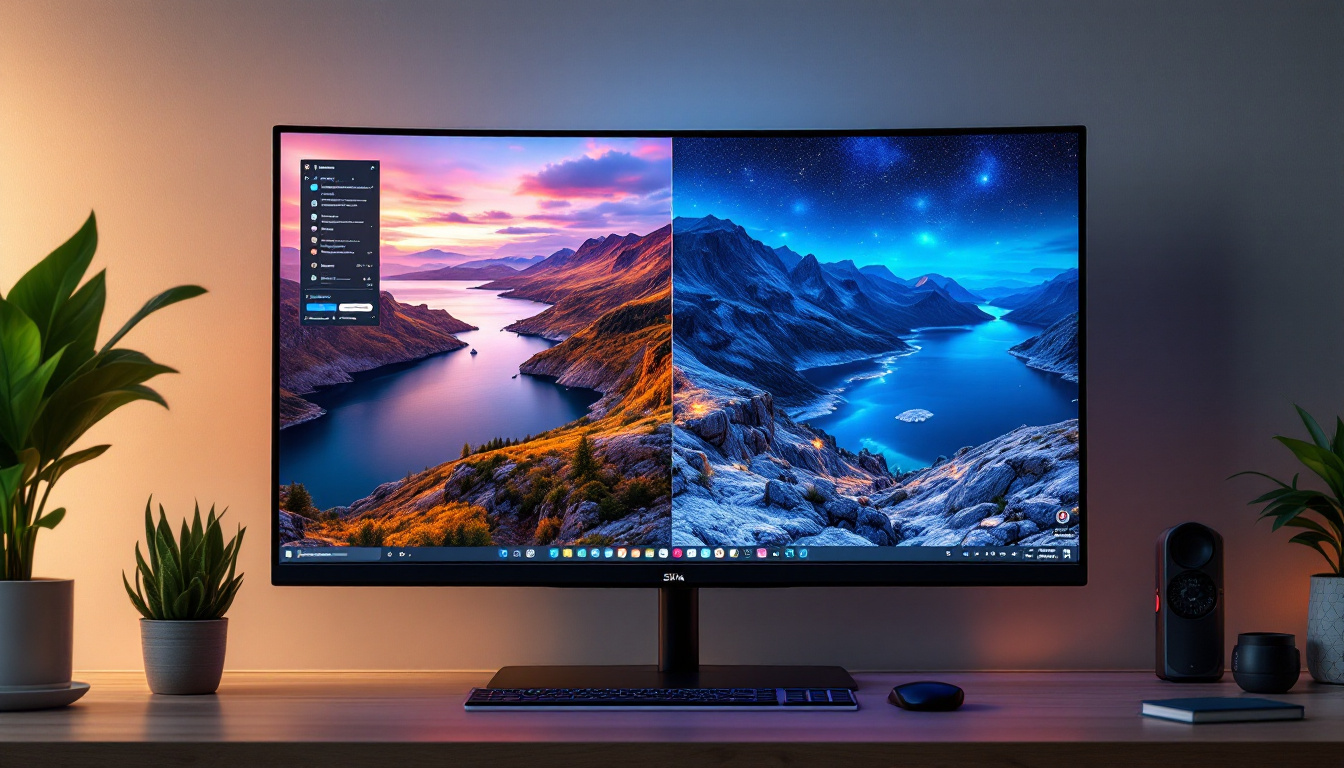In the modern world, visual communication has evolved significantly, with LED displays becoming a cornerstone of this transformation. From advertising billboards to sports arenas, LED technology has revolutionized the way information is presented. This article delves into the intricacies of video pixels and LED displays, exploring their functionality, applications, and the technology behind them.
Understanding LED Displays
LED displays utilize light-emitting diodes (LEDs) to produce images and videos. Unlike traditional displays that rely on liquid crystal displays (LCD) or cathode-ray tubes (CRT), LED technology offers a more vibrant and energy-efficient alternative. The fundamental unit of an LED display is the pixel, which plays a crucial role in determining the quality and clarity of the image.
What is a Pixel?
A pixel, short for “picture element,” is the smallest unit of a digital image or display. In the context of LED displays, each pixel is made up of multiple tiny LEDs, typically red, green, and blue (RGB). By adjusting the intensity of these three colors, a wide spectrum of colors can be produced, enabling the display of detailed images and videos.
The arrangement of pixels on an LED display can vary significantly, affecting the overall resolution and clarity. Higher pixel density means more pixels are packed into a given area, resulting in sharper images. This is particularly important for applications where viewers are close to the screen, such as in retail environments or indoor events.
Types of LED Displays
LED displays come in various forms, each tailored for specific applications. The most common types include:
- Indoor LED Displays: These are designed for use in enclosed spaces, offering high resolution and brightness suitable for close viewing. They are often used in shopping malls, conference rooms, and theaters.
- Outdoor LED Displays: Built to withstand harsh weather conditions, outdoor LED displays feature higher brightness levels and durability. They are commonly found in stadiums, billboards, and public transportation hubs.
- Transparent LED Displays: These innovative displays allow light to pass through, making them ideal for applications where visibility is essential, such as shop windows and architectural installations.
The Technology Behind LED Displays
The technology that powers LED displays is both fascinating and complex. It involves several components working in harmony to deliver stunning visuals. Understanding these components can provide insights into how LED displays function and the advantages they offer.
LED Technology
At the heart of every LED display is the light-emitting diode. LEDs are semiconductor devices that emit light when an electric current passes through them. The color of the light emitted depends on the materials used in the semiconductor. For RGB displays, red, green, and blue LEDs are combined to produce a full spectrum of colors.
One of the key advantages of LEDs is their energy efficiency. Compared to traditional lighting technologies, LEDs consume significantly less power while providing brighter illumination. This not only reduces operational costs but also minimizes environmental impact.
Pixel Configuration
Pixel configuration refers to the arrangement of LEDs within a pixel. There are two primary configurations: SMD (Surface-Mounted Device) and DIP (Dual In-line Package). SMD technology allows for a more compact design, making it suitable for high-resolution displays. In contrast, DIP technology is often used for outdoor displays due to its robustness and visibility in bright sunlight.
The choice of pixel configuration can significantly affect the display’s performance, including brightness, viewing angle, and resolution. For instance, SMD displays typically offer wider viewing angles and better color consistency, making them ideal for indoor environments.
Control Systems
Control systems are essential for managing the content displayed on LED screens. These systems can range from simple software applications to complex hardware setups. They allow users to upload images, videos, and animations, and schedule content playback.
Advanced control systems also enable real-time updates, which is particularly useful for applications such as news tickers or live event displays. The integration of control systems with LED technology has opened up new possibilities for dynamic content presentation, enhancing viewer engagement.
Applications of LED Displays
LED displays have found applications across various industries, each leveraging the technology’s unique benefits. From advertising to entertainment, the versatility of LED displays is evident in their widespread use.
Advertising and Marketing
One of the most prominent applications of LED displays is in advertising. Digital billboards and signage have transformed the advertising landscape, allowing brands to deliver dynamic and eye-catching content. The ability to change advertisements in real-time enables businesses to target specific audiences and adapt their messaging based on time, location, or event.
Moreover, LED displays can provide higher visibility compared to traditional signage, attracting more attention from passersby. This increased engagement often translates into higher conversion rates, making LED advertising a valuable investment for businesses.
Entertainment and Events
In the entertainment industry, LED displays have become integral to concerts, festivals, and sporting events. Large-scale LED screens are used to enhance the audience experience, providing close-up views of performances and displaying real-time information.
Furthermore, the flexibility of LED technology allows for creative stage designs and immersive experiences. Whether it’s a concert, theater production, or sports game, LED displays play a crucial role in captivating audiences and creating memorable moments.
Corporate and Educational Use
LED displays are also widely used in corporate settings for presentations, conferences, and training sessions. Their ability to display high-quality visuals makes them ideal for conveying complex information effectively. Additionally, interactive LED displays can enhance collaboration and engagement during meetings.
In educational institutions, LED displays are utilized for teaching and presentations, providing a modern approach to learning. The vibrant visuals can help capture students’ attention and facilitate better understanding of the subject matter.
Advantages of LED Displays
The growing popularity of LED displays can be attributed to their numerous advantages over traditional display technologies. Understanding these benefits can help businesses and organizations make informed decisions when considering LED technology.
Energy Efficiency
One of the most significant advantages of LED displays is their energy efficiency. LEDs consume less power compared to traditional lighting technologies, resulting in lower electricity bills. This energy efficiency is particularly beneficial for large installations that operate continuously, such as outdoor billboards and digital signage.
Moreover, many LED displays come with advanced features that allow for automatic brightness adjustment based on ambient light conditions. This not only enhances visibility but also further reduces energy consumption.
Longevity and Durability
LED displays are known for their longevity and durability. With a lifespan of up to 100,000 hours, LEDs outlast traditional display technologies, reducing the need for frequent replacements. This longevity translates to lower maintenance costs and less waste, making LED displays a more sustainable choice.
Additionally, many LED displays are designed to withstand harsh environmental conditions, making them suitable for outdoor use. Their robust construction ensures that they can endure exposure to weather elements, such as rain, wind, and sunlight.
High-Quality Visuals
LED displays are renowned for their vibrant colors and high contrast ratios, providing stunning visuals that capture attention. The ability to produce a wide color gamut allows for more accurate and lifelike representations of images and videos.
Furthermore, advancements in pixel technology have led to higher resolutions and improved viewing angles, ensuring that audiences can enjoy clear and sharp visuals from various distances and angles. This quality is essential for applications where detail and clarity are paramount.
Challenges and Considerations
While LED displays offer numerous advantages, there are also challenges and considerations that should be taken into account. Understanding these factors can help organizations make informed decisions when investing in LED technology.
Initial Cost
The initial cost of LED displays can be a significant barrier for some businesses. Although prices have decreased over the years, high-quality LED displays can still require a substantial investment. Organizations must weigh the long-term benefits against the upfront costs to determine if LED technology is the right choice for their needs.
However, it is important to consider the total cost of ownership, which includes factors such as energy savings, maintenance costs, and longevity. In many cases, the long-term savings can offset the initial investment.
Installation and Maintenance
Installing LED displays can be a complex process, often requiring specialized knowledge and skills. Proper installation is crucial for ensuring optimal performance and longevity. Organizations may need to engage professional services for installation, which can add to the overall cost.
Maintenance is another consideration, as regular upkeep is essential to ensure the display operates effectively. While LED displays are generally low-maintenance, addressing issues such as pixel failures or cleaning the surface is necessary to maintain visual quality.
The Future of LED Displays
The future of LED displays looks promising, with ongoing advancements in technology and applications. As industries continue to embrace digital transformation, LED displays are expected to play an increasingly vital role.
Emerging Technologies
Innovations such as microLED and flexible displays are on the horizon, offering new possibilities for LED technology. MicroLED displays, for instance, promise even higher resolutions and improved energy efficiency. These advancements could lead to applications in areas such as virtual reality and augmented reality, further expanding the capabilities of LED displays.
Additionally, the integration of artificial intelligence and machine learning into control systems may enhance content management and personalization, allowing for more tailored experiences for viewers.
Increased Adoption Across Industries
As the benefits of LED displays become more widely recognized, their adoption is expected to increase across various industries. From retail to transportation, organizations are likely to invest in LED technology to enhance communication and engagement with their audiences.
Moreover, as the demand for sustainable solutions grows, the energy efficiency and longevity of LED displays make them an attractive option for environmentally conscious businesses.
Conclusion
LED displays have fundamentally changed the landscape of visual communication, offering vibrant, energy-efficient, and versatile solutions for a wide range of applications. Understanding the technology behind video pixels and LED displays is essential for businesses and organizations looking to leverage this powerful medium.
As advancements in LED technology continue to emerge, the potential for innovative applications is limitless. Embracing this technology can not only enhance engagement and communication but also contribute to a more sustainable future.
Explore Cutting-Edge LED Display Solutions with LumenMatrix
Ready to elevate your visual communication with vibrant, energy-efficient LED displays? Discover LumenMatrix’s innovative range of LED display modules, designed to bring your brand to life and captivate your audience. From Indoor and Outdoor LED Walls to specialized solutions like Vehicle, Sports, and Floor LED Displays, LumenMatrix offers custom and all-in-one options to meet your unique needs. Experience the future of digital signage and create unforgettable visual experiences. Check out LumenMatrix LED Display Solutions today and transform the way you share your message.

